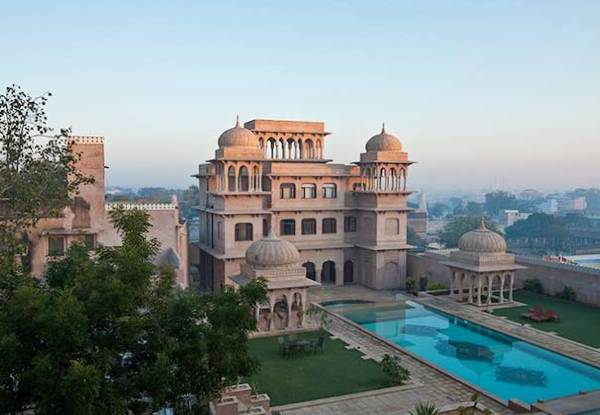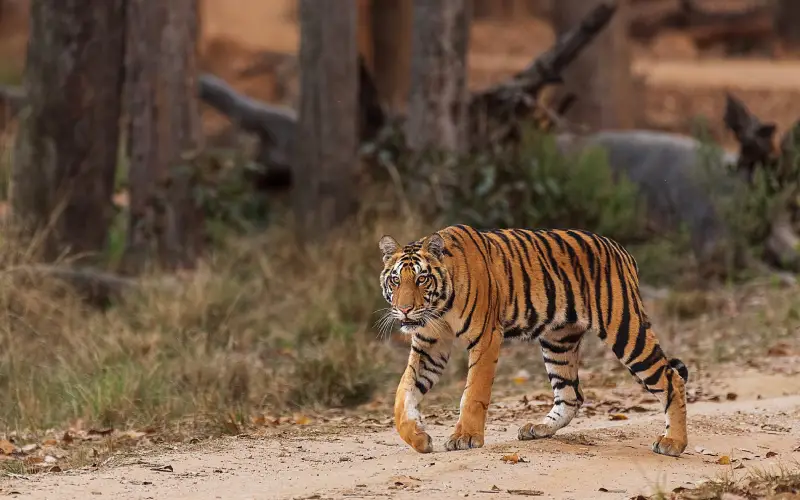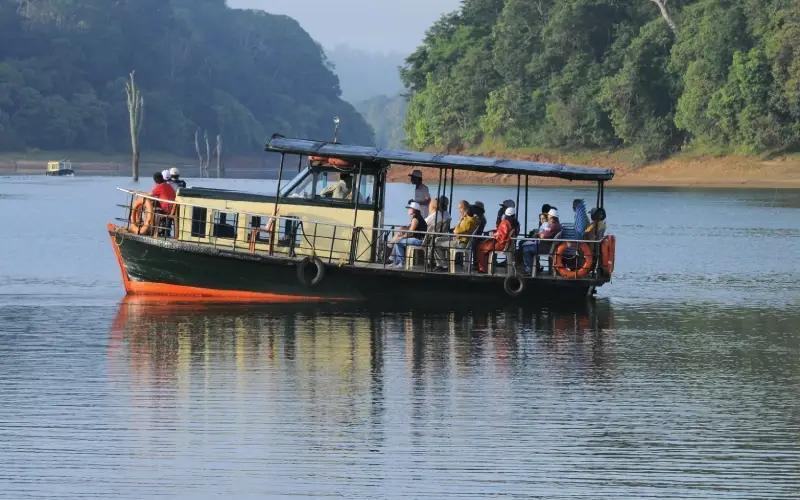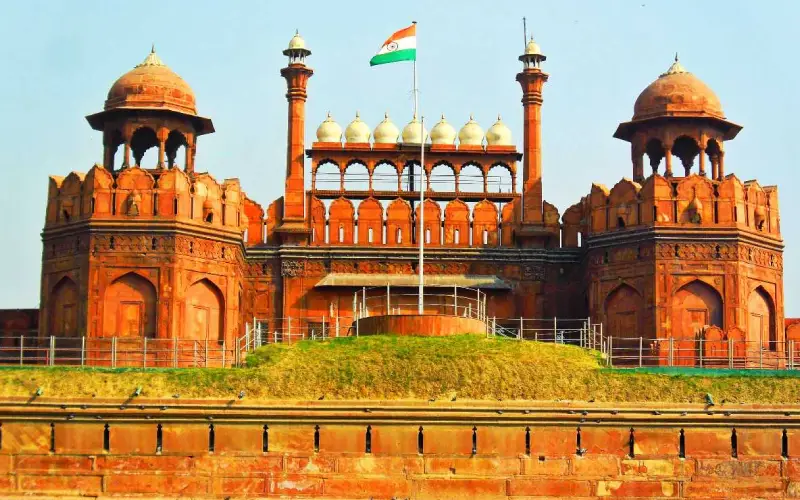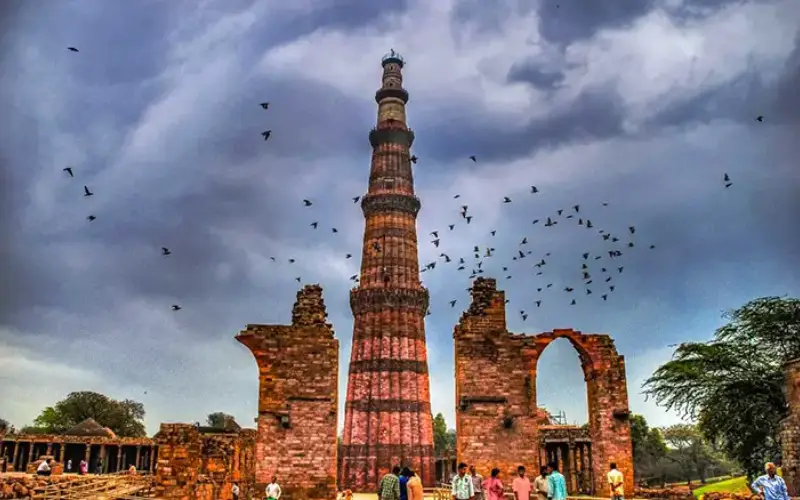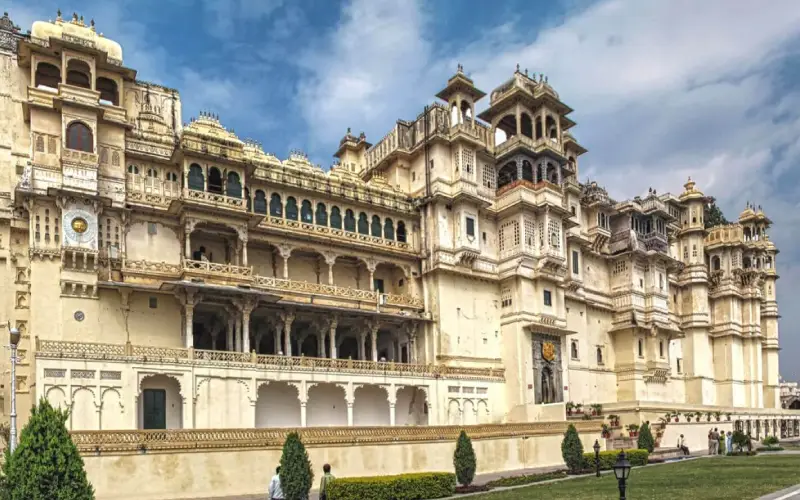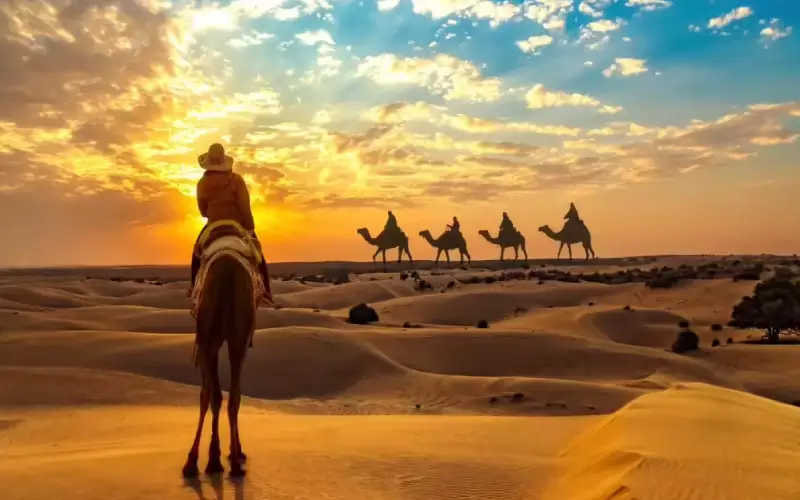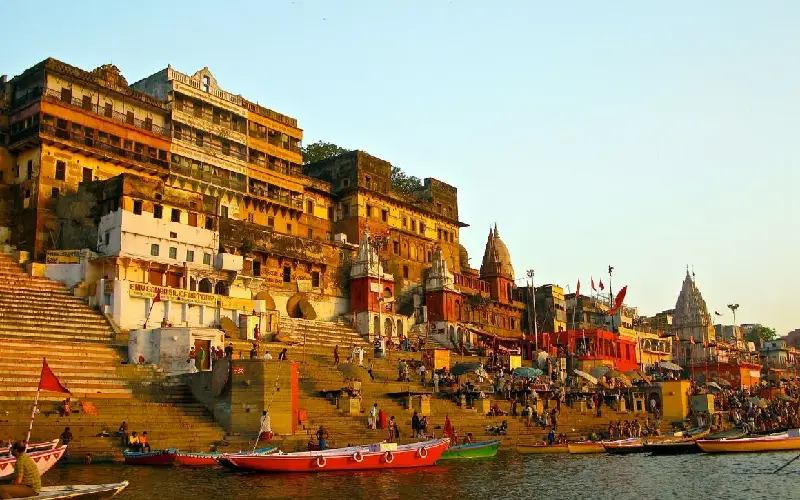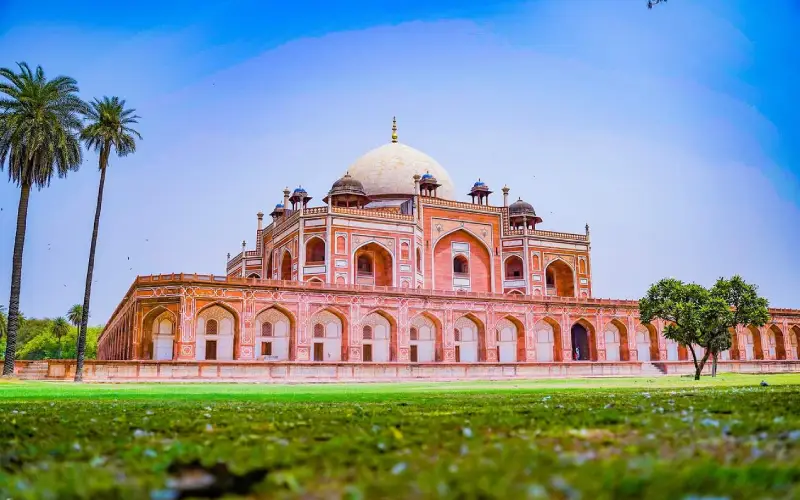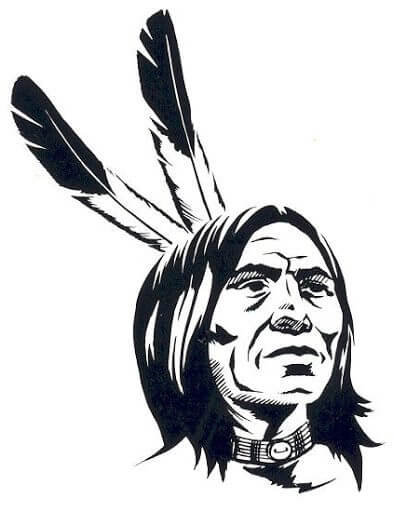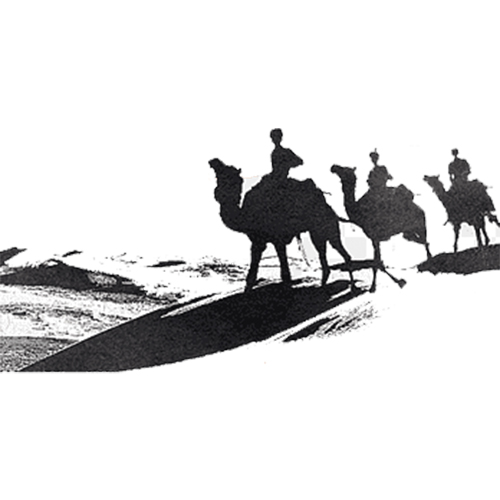Tucked away within the northern desert reaches of Rajasthan, Shekhawati remains suspended in time, dotted with grand havelis with beautiful frescos and murals, and ancient temples and stepwells adorned with intricate carvings. a mirrored image of the opulent lifestyle of the rich merchants of the region, Shekhawati boasts the legacy of the traders who bestowed it with its architectural gems. A photographer’s dream, every nook and cranny of the district is alive with the vibrancy of colourful paintings that are almost sort of a picture story, revolving around religious legends, folklore and highlights of its lavish past. Most of those havelis were abandoned by their owners, once they migrated to other parts of the country for trade. Today, they need been restored and became museums, heritage resorts and hotels.
The history of Shekhawati is rooted within the Matsya kingdom and has also been mentioned within the ancient Indian texts of Rig Veda and Manusmriti. Rao Shekha from Dhundhar established Shekhawati with its capital at Amarsar. He divided the region into 33 villages that were fortified with mud and stone forts. A prominent trading centre of the 14th century, Shekhawati is now a tourist hub in Rajasthan.
